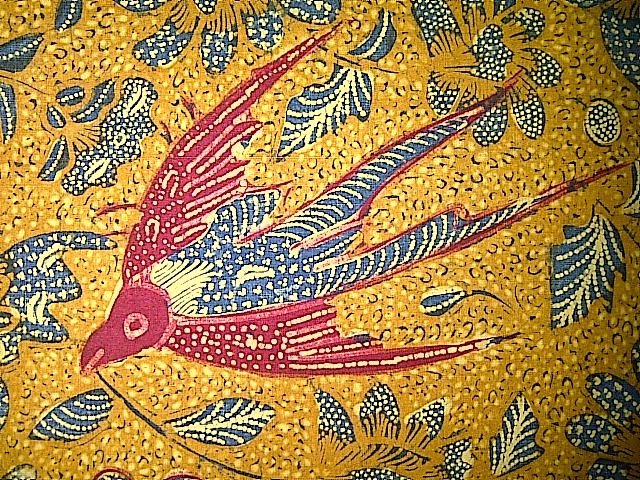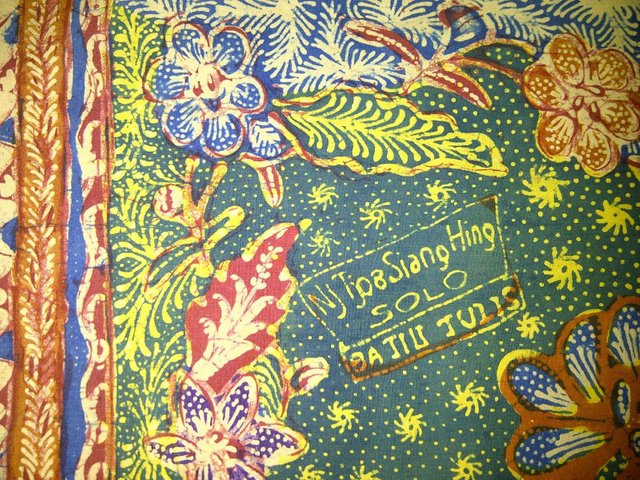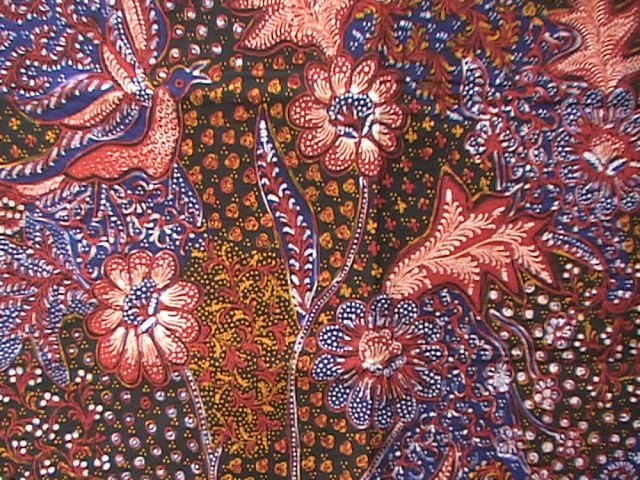Batik Three Countries (Batik Tiga Negeri)
Batik is a non-object cultural heritage of Indonesia that has been recognized by UNESCO on October 2, 2009. Batik on early developments produced in Java, especially in the north coast of Java and inland Java, especially in the central areas of the kingdom of Mataram in Surakarta and Yogyakarta. For keratin nobles, the fabrics they wear have special symbols and can only be used by the palace.
One type of Indonesian batik masterpiece is the famous "Batik Tiga Negeri (Batik Three Countries)" not because of its motive, but because of the process. If batik alone is in need of high perseverance, batik Tiga Negeri (Batik Three Countries) processed with collaboration batik makers from three regions.
As the name implies, batik Tiga Negeri (Batik Three Countries) is processed in three different areas, namely Lasem, Pekalongan and Solo - which in the colonial era these areas is an autonomous region called "State".
It is believed that the mineral content of groundwater located in each different geographic area, which affects the quality of the colors produced in the process of batik staining.
People still consider that batik three countries are kept abundant in Cirebon, Pekalongan, Batang, Lasem, and Solo. However, true batik was facing the case of its existence, the threat of extinction.
Its existence in Indonesian batik treasures is considered mysterious. Batik three countries included in the coastal batik group, outside batik interior that full of philosophical and grip meaning from the Palace of Solo and Yogyakarta. Batik is also touted as a batik creations masterpiece of peranakan Chinese batik in the northern coastal region of Java and Solo.
Until today, various interpretations mean that batik three countries is a type of batik which initially experienced a moving process of dyeing in three regions. Red dyed in Lasem, Blue colored in Pekalongan or Kudus. Finally, soga brown color from Solo or Yogyakarta that perfect this type of batik hue.
The masterpiece of Chinese descent is full of messages of acculturation, the cup of smelting, and the cultural diversity of identity-building and identity of the Indonesian nation. He also mirrored the past of the archipelago, present in the midst of difficult times of political upheaval of the colonial government, the awakening of nationalism awareness, economic crisis. Red-colored pep (chicken blood) is a reflection of Chinese traditions of Lasem, indigo blue color typical Dutch batik origin Pekalongan, and soga brown color laden with the meaning of Javanese philosophy and cultural diversity.
More than three decades since its emergence in the late 19th century, batik three countries got a touch of green color which is a representation of the color of Islam.



Source : NGO and Google
Batik cap walet dengan warna dan benang yang sangat nyaman untuk di gunakan... Good post kawan..